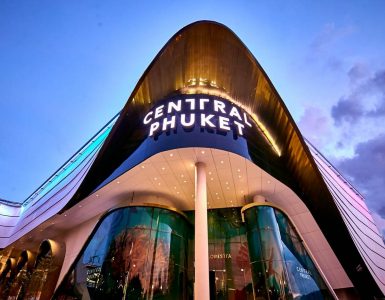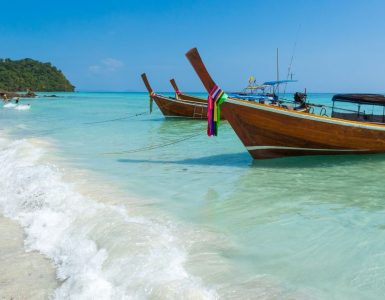Novotel Phuket City Phokeethra - Family & Business trip hotel - Museums in Phuket
Museums in Phuket
Museums & Monuments in Phuket
Phuket’s numerous museums and monuments are an excellent way to get a whirlwind tour of its past. Housed in a beautiful grand Sino-Portuguese mansion, the Kathu Mining Museum is a lovely showcase of the island’s tin mining heritage. It is filled with photographs and dioramas depicting mining techniques and processes and a replica of a mine with hundreds of workers in action. Other exhibits illustrate the way of life during that era, the journey of Chinese merchants, and a reconstructed village complete with shops, Chinese opera and even an opium den.
Thai Hua Museum
The stunning 100-year-old mansion that houses the Thai Hua Museum began life as the first Chinese school on the island. Spread over two floors, the museum uses both photographs and video to trace the arrival of the Chinese and the early organisation of the community, their clothes, cuisine, traditions and the Sino-Portuguese architecture.
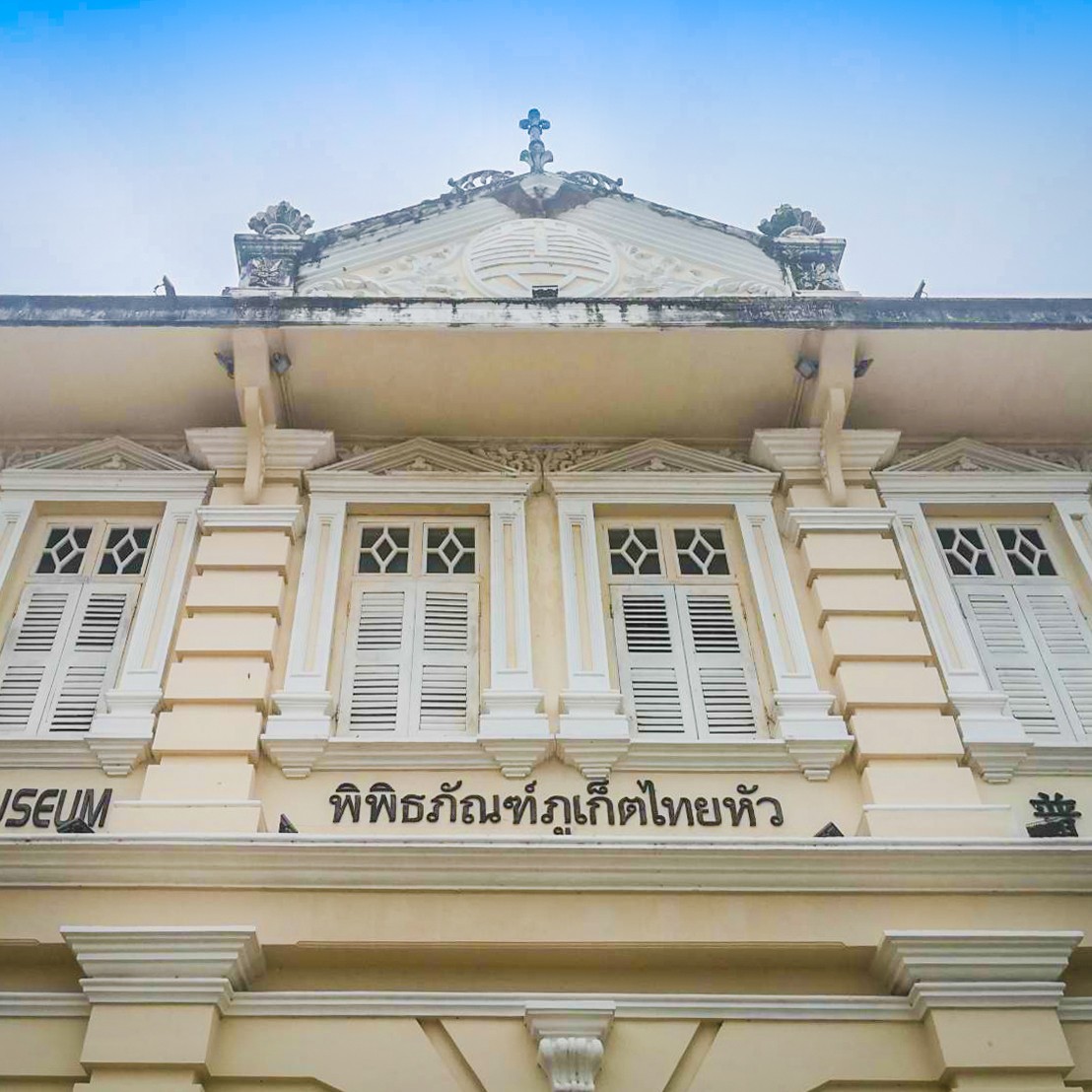 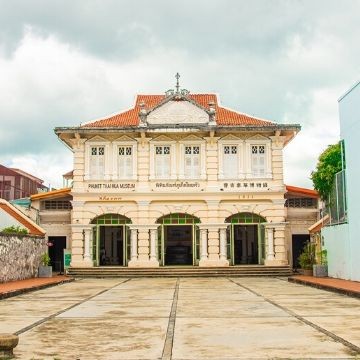 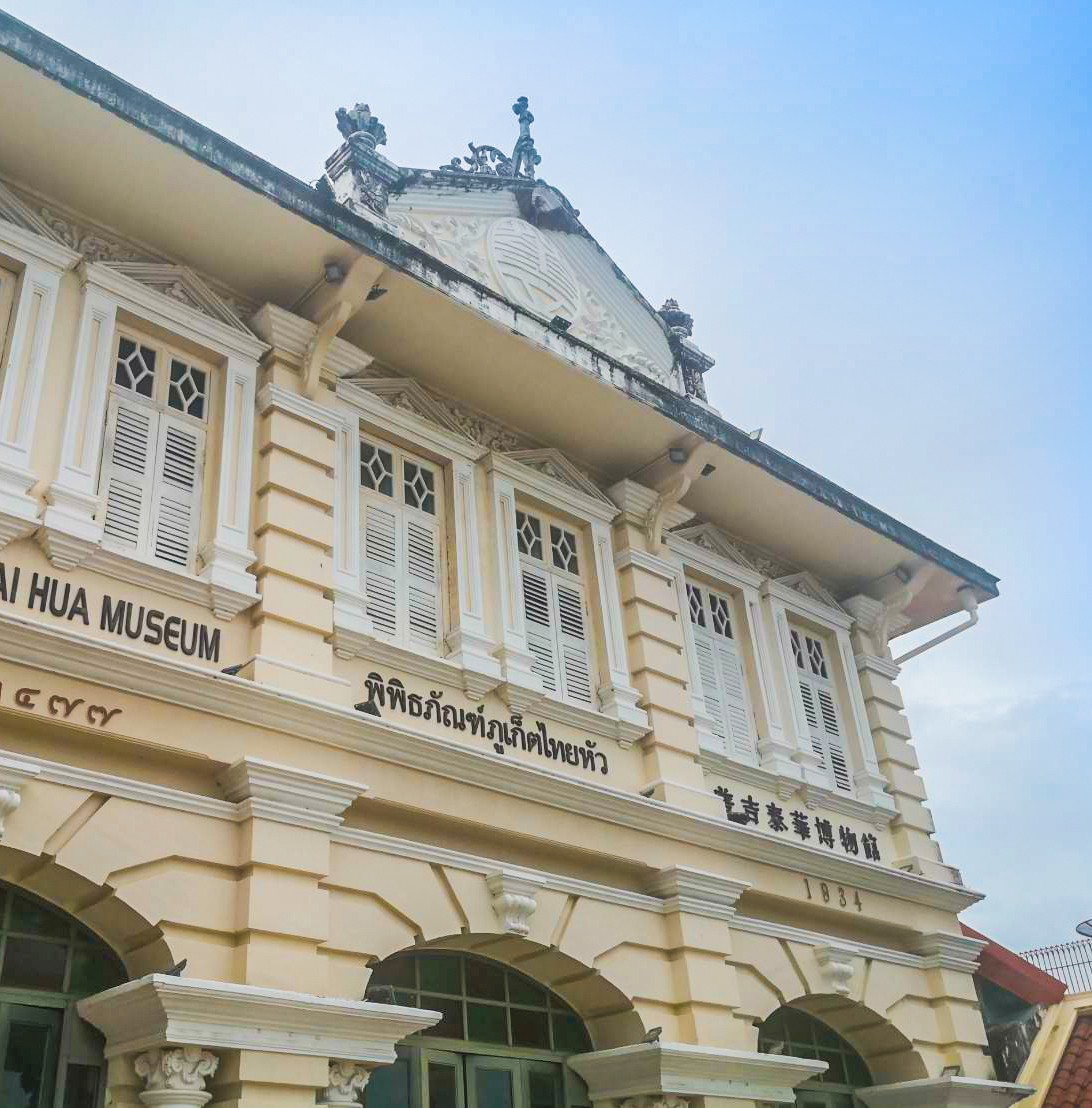 |
|---|
Saphan Hin Mining Monument
Another tribute to the tin mining is the Saphan Hin Mining Monument located in a waterfront park. The odd-shaped sculpture, known locally as Wong Wian Hoi (Circle of shell), is dedicated to Australian captain Edward T Miles, credited with bringing in the first tin dredgers to the island.
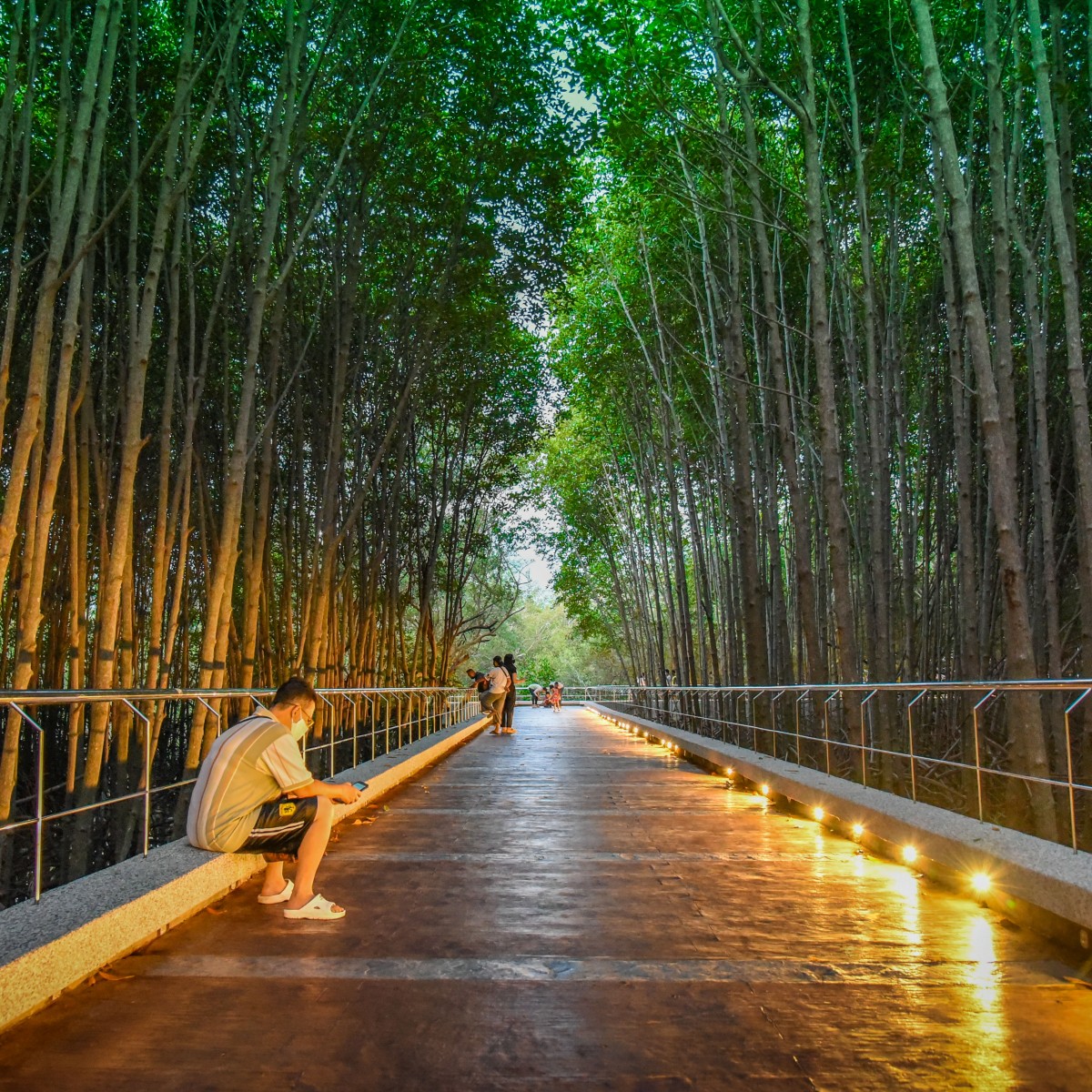 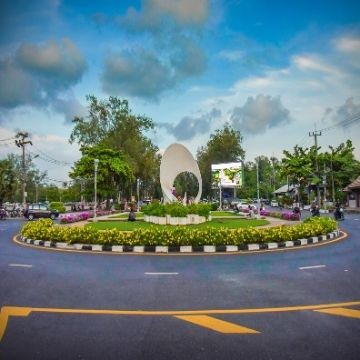 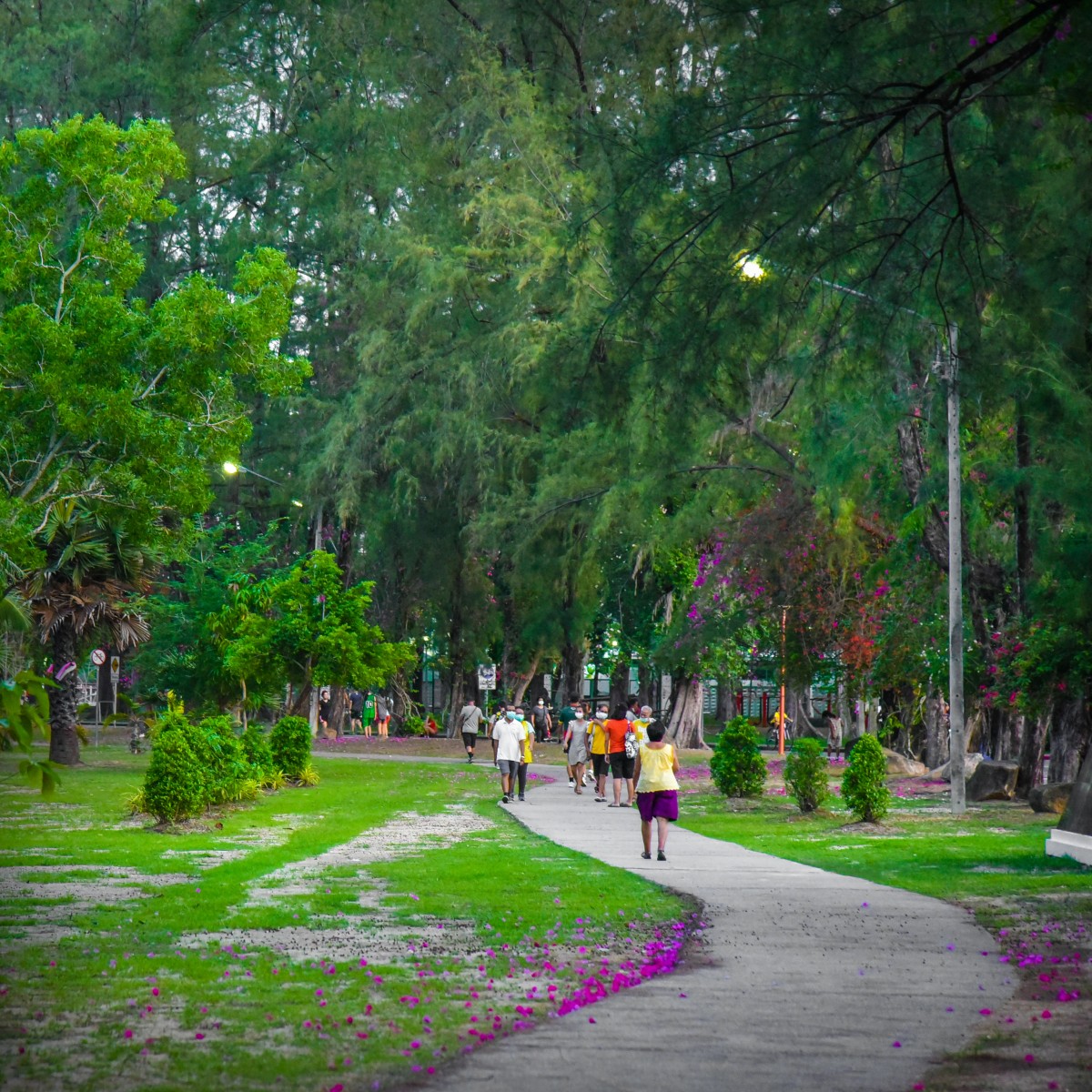 |
|---|
Big Buddha
Sitting cross-legged atop the Nakkerd Hills and visible from half the island, the gleaming white Burmese marble statue of Big Buddha is hard to miss. Construction of this impressive 45-metre tall landmark began in the early 2000s funded entirely by donations. Each year it attracts thousands of visitors, who come to pay their respects and enjoy the stunning 360-degree views over Kata, Karon, Chalong Bay and Phuket town.
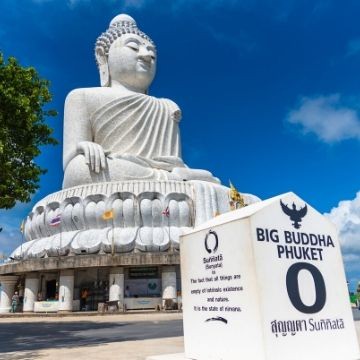 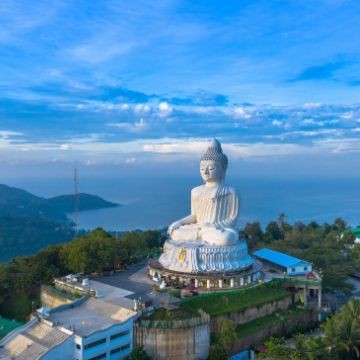 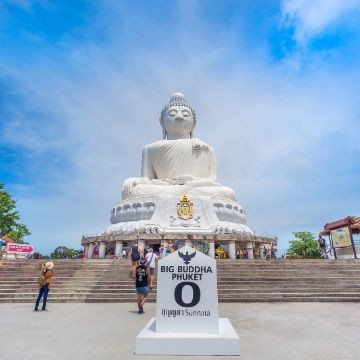 |
|---|
Heroines’ Monument
In 1758 two sisters, Chan and Mook stalled a Burmese invasion in by persuading the island women to dress as male soldiers. The Burmese forces thinking they were reinforcements from the capital withdrew. This act of bravery is immortalised in the Heroines’ Monument at the Thepkasatri Road roundabout.
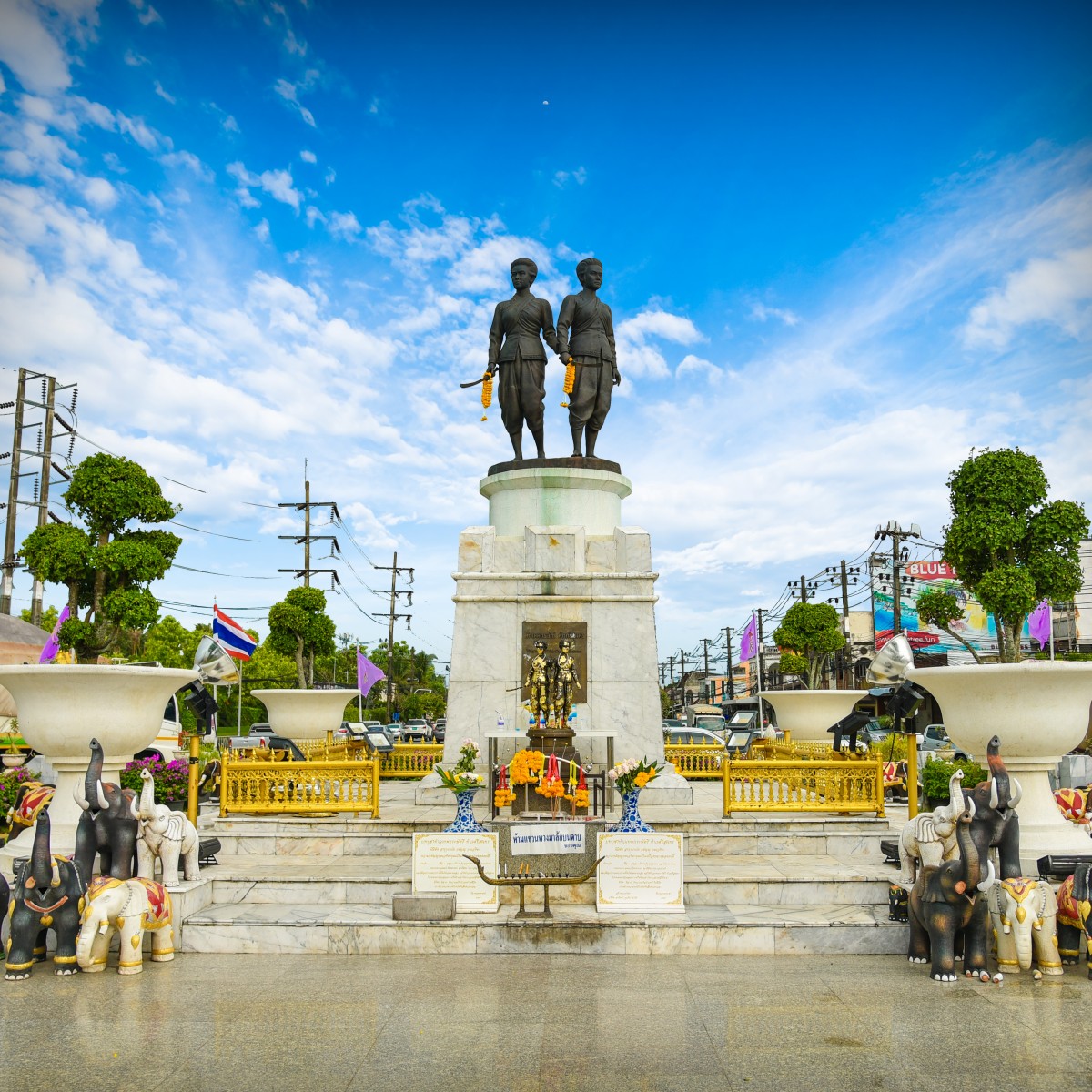 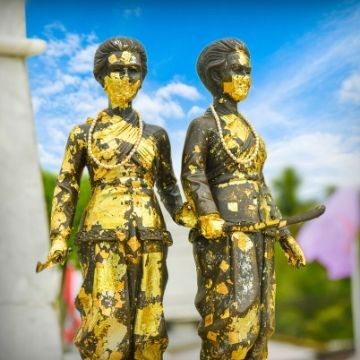 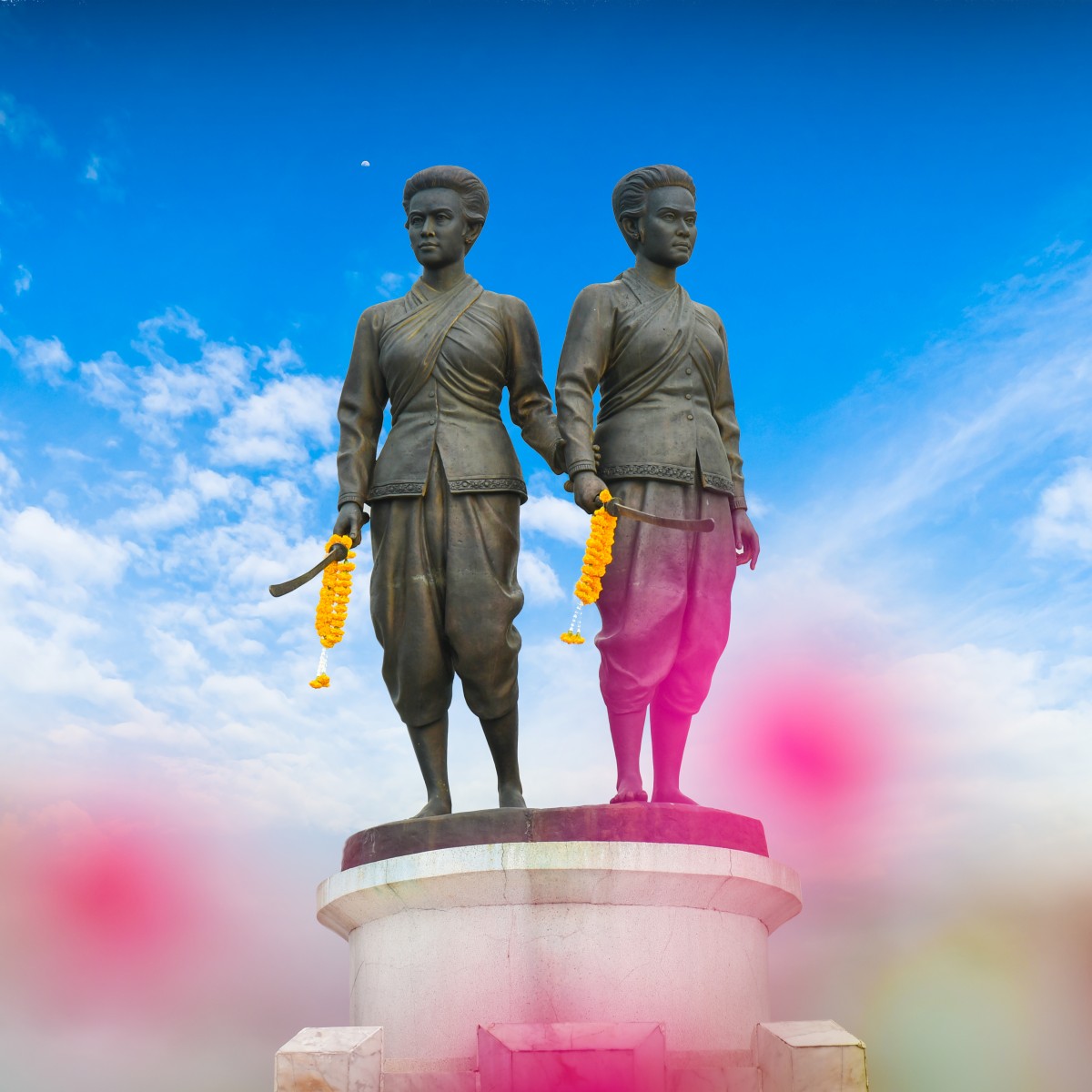 |
|---|


